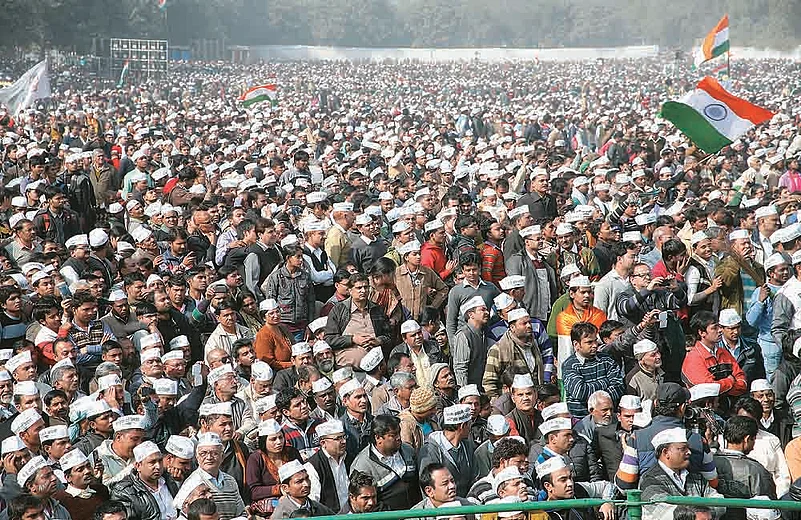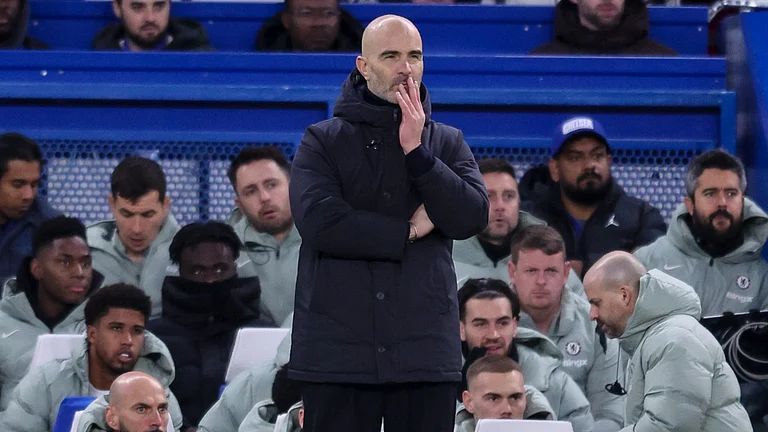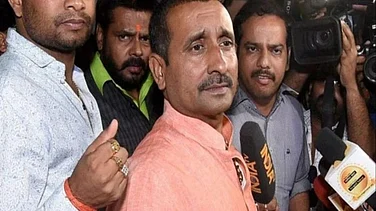It has been repeatedly said that the Aam Aadmi Party (AAP) has no coherent idea of India beyond the good versus evil battle against corruption. But as the party gets set to contest the general election in 2014, it can be argued that its most potent idea perhaps is that it is challenging every set ideological posture. Simultaneously, its leader Arvind Kejriwal has fired the national imagination and put the entire political class on notice by making a virtue out of simplicity. This non-ideological positioning could actually be AAP’s greatest strength as it sets off from the city state of Delhi to attempt a conquest of India.
AAP is indeed offering an intriguing idea of India that unsettles old certitudes as it refuses to take postures determined by the Hindu-Muslim faultline around which so much of politics is played by traditional players. Equally, there is a certain ambiguity on issues of caste. In Delhi, AAP took both the slums and the middle-class localities, even as they damaged the Congress, the BJP and the BSP, in that order. There has also been considerable speculation on whether the AAP is “left of left” on economic policy or a “right-wing conspiracy”. To add to the entertaining reflections on the party, Left ideologue Prabhat Patnaik recently argued that it celebrates an ideology of “non-thought” as opposed to the Left position which “apotheosises thought”.
But at a juncture where AAP has certainly made itself more relevant than the Left, it is best to move to more immediate political consequences—or the ‘concrete situation’, as Marxists like to say. From the national perspective, with the Congress already battered, the damage is to be done to the BJP. Here AAP is grappling with the conundrum of having a support base that overlaps with the BJP’s (in the absence of the Kejriwal wave, many of its supporters could certainly have been members of the Narendra Modi fan club). Certainly, at the level of the national imagination there is now a contest between Aam Aadmi Arvind and the Khaas Aadmi of Gujarat or simply Saheb. AAP, therefore, intends to tread this terrain with some caution as there is a belief that the strategy of attacking Modi to prove secular credentials can be counter-productive. So Kejriwal himself will not be making Modi the focus of his rhetoric. Strategists point out that since the AAP win in Delhi, Modi has been replaced in the TRPs and it was Prime Minister Manmohan Singh who actually brought the attention back to the Gujarat CM by attacking him at a press conference.

Prashant Bhushan ‘We have to embrace people from all sections’. (Photograph by Jitender Gupta)
So AAP won’t “go for” the individual who is currently the sole prime ministerial candidate in the fray. When he is attacked, say sources, it will be for corruption, on the Lokayukta issue and his association with what AAP core committee member Prashant Bhushan calls “crony capitalism”. Sources in the party, meanwhile, share a revealing sidelight of the Delhi result. AAP had issued just one statement during its campaign about the violence in Muzaffarnagar. It was apparently enough to make the Jats, who constitute a strong voting bloc in outer Delhi constituencies, decide to overwhelmingly support the BJP. At the same time, the party’s strategists are aware that a section of the minorities voted for them and more are expected to do so now that AAP has appeared as a viable alternative. That they would have traction with minorities became clear when Delhi’s Kamal Farooqui, who has flitted between the Congress and the Samajwadi Party, landed up to visit Kejriwal and apparently join the party. AAP, however, did not want a representative of the Muslim community who subscribed to old-style crony politics.
Yogendra Yadav, who will be handling the national campaign, articulates the AAP position as being one of wanting to practise a different kind of secularism. “We are wedded to secularism,” he says, “but we want to move away from the politics of keeping minorities hostage. We want to foreground issues that minorities share with the rest of the population even as we also address their concerns about alienation, persecution, fear.” About Modi, he says “there is no reluctance to attack him, but it must be in ways that are not counter-productive.” Bhushan nuances this point differently: “I may have particular beliefs, but we have to embrace people from all sections and there is a view that certain things need not be said at a particular time. If we adopt purist ideological postures, such a party cannot hope to have wider appeal to a cross-section. Yet this does not mean we have to endorse anything that is clearly wrong.”
AAP worries conventional players because it can no longer be dismissed as a fringe player—it’s a party that hopes to carry middle India. That is also an India that is often uncomfortable with defining politics around caste and community. Yadav says “caste is a factor that can’t be denied but it varies from election to election”. He gives the example of Haryana where three elections (1977, 1987 and 1996) were defined not by caste combinations but by a larger public surge on issues. Yet, the all-India strategy could make the party evolve in different ways. Between January 10 and 26, AAP will launch its first national membership—“Main Bhi Aam Aadmi”—drive. A fledgling force, there is no certainty on how it would fare beyond generating great goodwill. It would have done well if it were to get 30 to 40 seats and become a player in any grouping together of parties. Its members, of course, talk of a Janata Party-type wave as in 1977. Yadav, meanwhile, says they have not decided on how many seats to contest. From a distance, he says, “states like Tamil Nadu, West Bengal and Kerala appear hard to penetrate with their strong cadre-based parties.” Yet sources reveal that there has been great enthusiasm in Tamil Nadu too although people have suggested that the name Aam Aadmi be modified to something more local.

Yogendra Yadav ‘We are agnostics, learning all the time’. (Photograph by Jitender Gupta)
There is in AAP fundamentally an embrace of pragmatic positions. Yadav says it thus: “We are problem-solvers. So when people say we don’t have an economic policy, they are right. In the 20th century, political parties confused the ends for the means and believed they must agree on an entire worldview. We are agnostics and learning all the time.” But the nature of AAP is such that a section of the corporate class remains suspicious of a force that makes a virtue out of probity and launches anti-corruption crusades. In February 2012, AAP also found itself being blacked out by media houses for some months after they ran a campaign against Mukesh Ambani’s Reliance Industries. Now, however, Bhushan says that “some large capitalists and crony capitalists may be against us. But after the Delhi win, we have crossed the threshold of desirability with the viewing public and they can’t black us out now.”
They have certainly emerged stronger from each battle and now the floodgates are opening. In fact, one of the big challenges before AAP is how to filter genuine supporters from rank opportunists who are also landing up to get tickets. At the national headquarters in Delhi, there is chaos and surging crowds. There is a similar scene in the modest office at Andheri, headquarters for Mumbai and Maharashtra. Occupying the sparsely done-up Mumbai office now are many students who have volunteered to work for AAP in their free time. They work on borrowed computers, some on shared ones, in various corners, sometimes even on the staircase leading up to the office. They are here just because they believe something significant is happening.
Some of the students are AAP interns, working for the party in their winter break, with time-bound targets to achieve. AAP started admitting interns only last month, after a tough selection process that tested skills in a detailed interview followed by a group discussion. Despite no stipend or reimbursements, over 50 students from various colleges across the country have so far chosen to intern with AAP’s Maharashtra unit. They include students from A-list colleges like bits Pilani, Narsee Monjee Institute of Management and Mumbai University. The interns are collecting electoral data at the booth level and analysing it. Some are being trained to deal with the media. Indeed, it is as a response to AAP that the BJYM, the BJP’s youth wing, is now all set to target more than 5,000 campuses and universities to promote their party through what they call “Modi cafes” where they will conduct debates, lectures and discussions, besides membership drives on campus.

The Cong race A CWC meeting in progress. (Photograph by Tribhuvan Tiwari)
AAP could indeed be all things to all people. In Hyderabad, 100 advocates joined on January 4. Mohammed Abdul Qavi Abbasi, who works in the Andhra Pradesh High Court, joined as the coordinator of the party in the old city and a party office was opened in Moghalpura in the Charminar area. In Visakhapatnam, among the 2,000 people who joined AAP was Dr Manthina Tirupathy Venkateswarulu. A well-known doctor in the city who had contested the 2009 Lok Sabha polls on a Loksatta ticket, he believes that Kejriwal’s success lies in identifying local issues. He admits that it is mostly middle-class professionals who are joining AAP in Vizag and would like more people from the unorganised sector to enter the party as well. He admires the pragmatism of AAP and says “it does not hang to ideas but to the outcome of ideas”.
That outcome could possibly be most significant in Uttar Pradesh, where the BJP under Modi and post the communal riots seemed to be on a roll and set to make significant gains. In urban centres, however, the state’s youth has suddenly got enchanted by AAP. Rajiv Saxena, an associate professor at the Lucknow University, says that “I was all for Modi, who was seen as the only man who could beat the might of the corrupt Congress, but now we have another choice in Arvind Kejriwal’s Aam Aadmi Party, which has demonstrated its strength by demolishing the corrupt Sheila Dikshit government in the national capital.” Along with many of his students and colleagues, Saxena is now ready to not just support but also to vote for the party. This overlapping arc is interesting.

Set thinking? A BJP meeting in progress. (Photograph by Jitender Gupta)
Even a section of low-salaried employees appears ready to rise above caste considerations in UP. “We have seen enough of the Congress, BJP, Samajwadi Party as well as Bahujan Samaj Party,” says Ram Chander, a low-level employee in a private firm. “So far, Modi appeared to be the only untried force, so I had decided to support him. But Kejriwal is now a better choice as he is different from all politicians.” Retired colonel Fasih Ahmed says he is ready to devote his life to the new party as “for the the first time after six decades of muck, a group of people is trying to clean things up”. Leading Shia cleric Maulana Kalbe Sadiq, who had said he would consider supporting Modi if the latter changed his attitude, has now declared his support for AAP. Kejriwal’s relative youth also appeals in a state that has been so badly let down by its young chief minister Akhilesh Yadav, elected less than two years ago. In this backdrop, therefore, AAP seems set to be a spoiler for many parties, including the BJP, which had set its sights on 45 of UP’s 80 Lok Sabha seats. The AAP effect, analysts feel, could be visible in some 20 urban seats, but even if it did well in just 10, it would have taken the wind out of Modi’s sails.
Ultimately, the AAP story is about a new force, a new vocabulary, a new leader, and new tactics around nationalism and secularism. They are already using words like post-modern and post-ideological politics to describe it. Any which way you read it, it’s clear that they have changed the format of the game. It’s not the old chess anymore.
***
Aping AAP
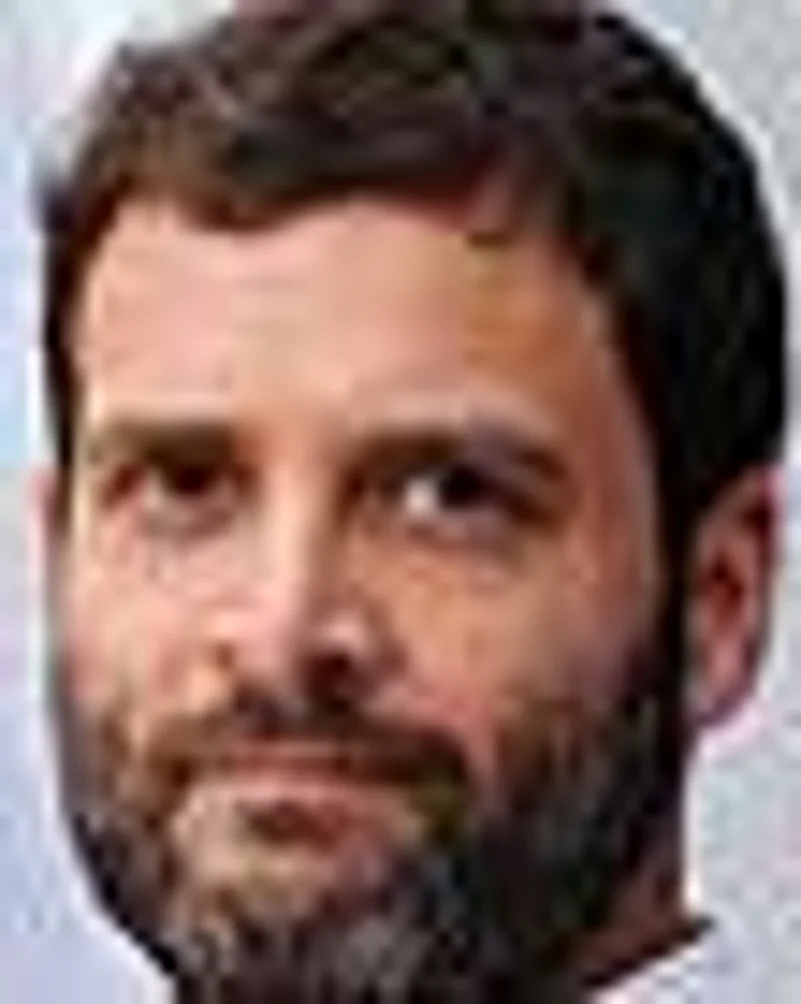
| The day of the assembly election results, Rahul Gandhi declares Congress will revitalise itself in ways “one can’t even imagine”. The Congress-led UPA passes Lokpal bill a few days after AAP’s victory in Delhi. |

| Shiv Sena-controlled Brihanmumbai Municipal Corporation reiterates it has already been providing over 500 litres of water almost free in Mumbai and claims is equipped to provide 1,075 litres. | ||

| Vasundhararaje has given up her official residence and has halved her security. The Rajasthan CM is instead living in the house that she was allotted as leader of the opposition—a bungalow she had renovated. |
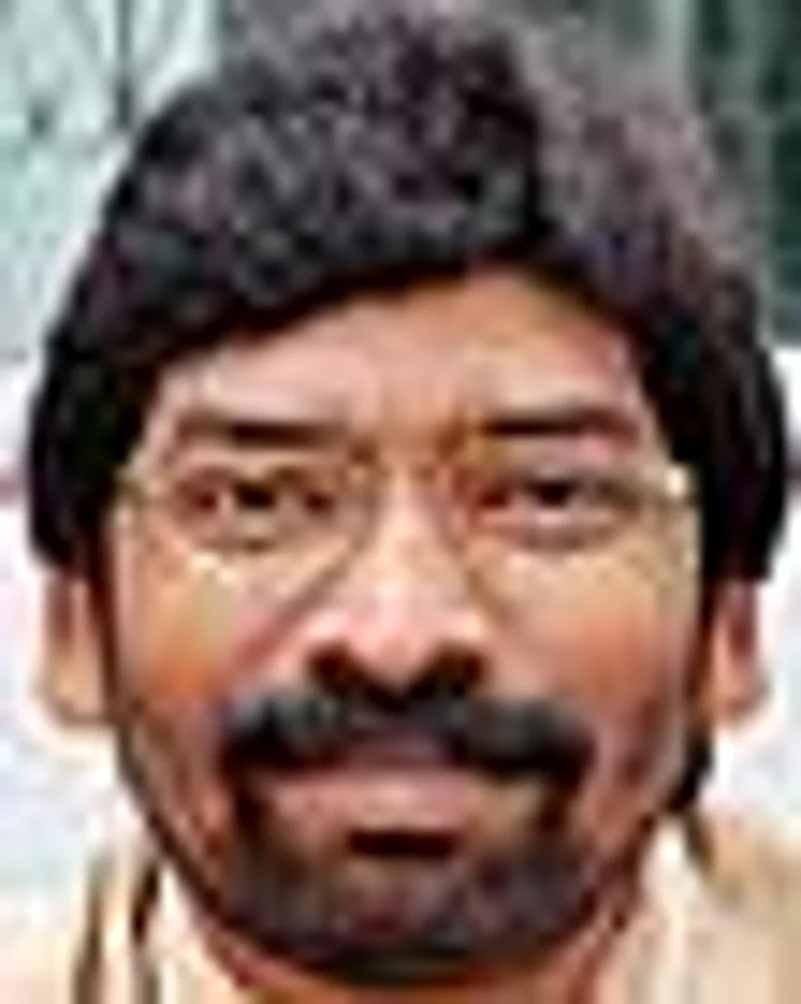
| The Jharkhand government has ordered its ministers and officials to refrain from using red beacons atop their official vehicles. CM Hemant Soren, accompanied by ministers, even walked for a meeting. | ||

| Haryana discoms Dakshin Haryana Bijli Vitran Nigam (DHBVN) and Uttar Haryana Bijli Vitran Nigam (UHBVN) rule out any tariff hike in the state for 2014-15. Add a benefit of about Rs 200 per bi-monthly bill. |

| UP CM Akhilesh Yadav cuts his convoy down to just five, his government says his movement will not disturb commoners. A government spokesperson describes it as being in sync with Yadav’s “simple lifestyle”. | ||

| Former Uttarakhand CM Ramesh Pokhriyal Nishank removes red beacons and sirens from his official vehicles. Says a man ought to be known by his personality rather than red beacons on his car. |

| Two days after AAP’s decision to launch a corruption helpline, Chhattisgarh CM Raman Singh announces one for his state. Directs urban administration department to work on it. Legislators are warned too. |
***
Apne AAP: How-To
- AAP will not make Modi the focus of its campaign. When necessary, he will be attacked for being in truck with crony capitalists and on the lokayukta issue in Gujarat.
- Will try to position itself beyond the usual secular-communal divide and not to particular caste groups
- Hasn’t decided how many seats to contest and wants to weed out opportunists who seek tickets from genuine supporters
- Kejriwal is not PM candidate at this stage but possibility remains
- First national membership drive from January 10 to 26
- Economic policies still being evolved beyond the determination to fight corruption.
By Saba Naqvi with Prarthna Gahilote in Mumbai, Madhavi Tata in Andhra Pradesh, Panini Anand in Delhi and Sharat Pradhan in UP






